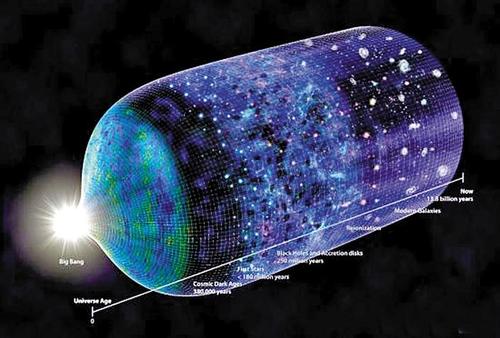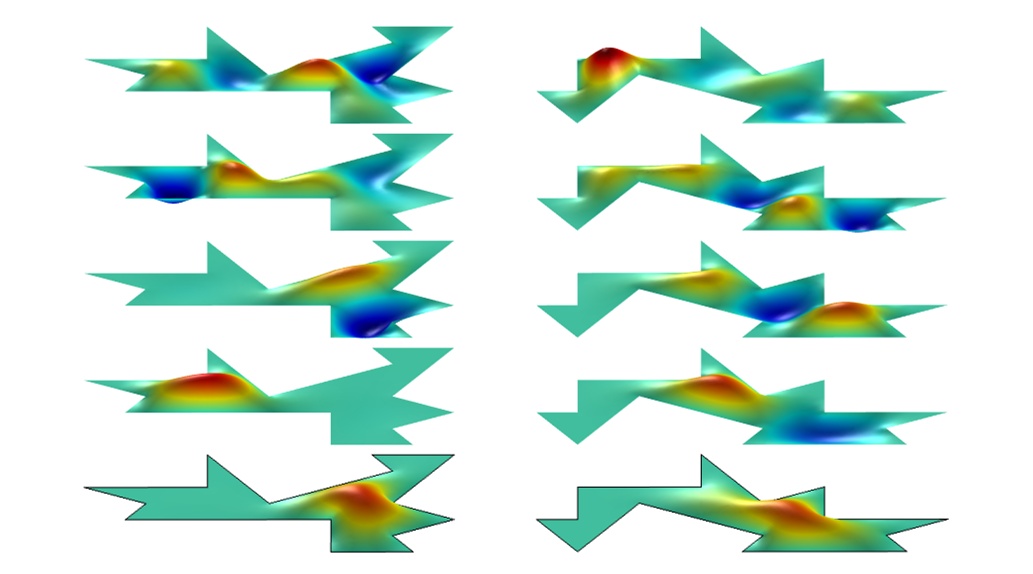
Hearing the Shape of a Drum: From Digital Signal Simulation to the Shape of the Universe
Advertisement
The well-known “Hearing the Shape of a Drum”
In 1966, Mark Kac, a mathematician, posed a question which left a name behind in the science circles: “Can One Hear the Shape of a Drum?” After all, drums of different shapes produce waves of different frequencies, and therefore make different sounds. But is that enough to recognize the shape of a drum? At that time, Kac thought the answer was no. But later on, a series of studies pointed out that Kac was wrong.
 Now, two of the major players in mathematics have reconsidered the question- in the past two years, Walter van Suijlekom and Alain Connes have gone further and gained new insights.
Now, two of the major players in mathematics have reconsidered the question- in the past two years, Walter van Suijlekom and Alain Connes have gone further and gained new insights.
Van Suijlekom and Connes, who received the prestigious Fields Medal in 1982, studied how vibrations of a finite number can provide information about the shape of an object. For this purpose, they developed a new mathematical theory describing how to accurately estimate the complete shape of a drum by “listening to part of it”.
Now, Walter van Suijlekom wrote an explanatory article in Letters in Mathematical Physics on July 14. “Let us compare it to MP3. Musical works are generated by instruments as analog signals with an infinite number of sound frequencies. However, this signal can be digitized by limiting the analog signal to a finite number of frequencies; i.e., an MP3 file.”
Advertisement
What does he mean by that? The frequency range of the whole musical work is infinite, but the overall frequency range of the digital signal of an MP3 is limited, and we can still make an MP3 file of any piece of music- although the sound quality is degraded, it doesn't prevent us from recognizing the music. Similarly, despite the drum sound cannot convey complete information, it is enough to make sure the general shape of the drum.
Estimating the Shape of the Universe
Just as the concept that digital MP3 can still provide a simulated source, our limited observations of the universe also provide enough information for a better understanding of simulated source. Using the frequencies of light emitted by stars and other celestial bodies, scientists can figure out the appearance of these objects.
Van Suijlekom: “We are developing the mathematics that makes it possible. In this way, we described how to calculate the shape of an object when only a finite number of vibrations are available. It is just like a physics experiment.”
This means that, in principle, it should also be possible to use a finite number of frequencies to estimate the shape of the universe.
Advertisement
- Previous article
- “Rich People’s Illness” and “Poor People’s Illness”
- Next article
- Physicists Have Discovered a New Paradox
Advertisement
OTHER NEWS

How Does Game Industry Affect the Market?
BY Martha

Argentina Mourned Over Maradona’s Death for Three Days, Why a Football Player Could Own Such an Honor? (I)
BY Moore

Lost humpback whale abandoned by friends in croc-infested river in Australia
BY Maria

Choupette, Karl Lagerfeld’s Beloved Cat
BY Virginia

How to Install Windows 95 With Minecraft
BY Debra

Cash: from the Most Popular Payment Method to the Least-used One
BY Shawn
RECENT NEWS
-

PUBG Mobile Esports Generated 200 Million Hours of Viewing in 2020
-

Mario Kart Tour Races to $200M revenue and 200M Downloads
-

Game Acquisitions Expand Globally in Q1 2021 with 280 Deals Worth $39 Billion Surpassing That in 2020
-

Free Fire Shows Strong Momentum, with Its Revenue Overtaking PUBG Mobile in a Single Market for Q1 2021
-

The Games Fund Launched a $50 Million Early Investment Fund to Invest in American and European Companies
-

How to Download and Install Wyze App for Free?
 1
1 1
1